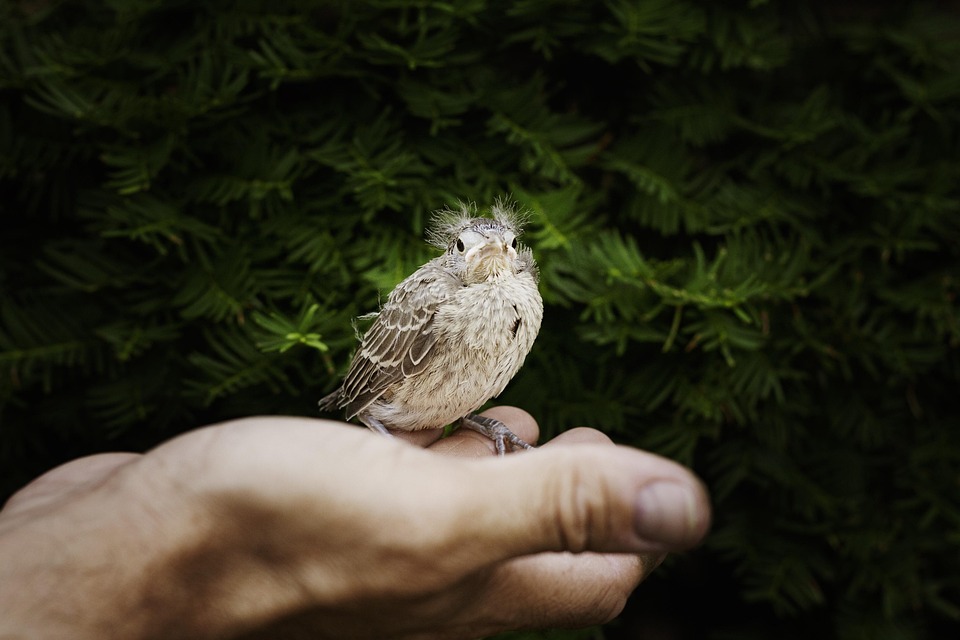
Introduction
Small pets, whether they are hamsters, guinea pigs, rabbits, or ferrets, bring joy and companionship into our lives. However, not all small pets are immediately comfortable around humans. Some may be shy, timid, or even fearful. In this article, we will explore effective techniques to tame shy small pets, helping them become more comfortable and trusting in their new environments. Understanding their behavior, patience, and gentle handling are key components in building a strong, positive relationship with your pet.
Understanding Shy Behavior in Small Pets
Before attempting to tame a shy small pet, it is crucial to understand the reasons behind their behavior. Shyness can result from various factors, including lack of socialization, previous negative experiences, or an inherently cautious nature. Recognizing these factors will help you tailor your approach to their unique needs.
Recognizing Signs of Shyness
Shy small pets often exhibit certain behaviors that indicate their reluctance to interact. These may include hiding, freezing, reluctance to eat in your presence, or attempting to escape when approached. Understanding these signs can help you gauge your pet’s comfort level and adjust your techniques accordingly.
Respecting Their Nature
Each small pet species has its own unique behaviors and instincts. For example, rabbits are naturally prey animals, while ferrets are more curious and exploratory. Learning about your specific pet’s natural behavior will allow you to approach taming in a way that respects their instincts and minimizes stress.
Creating a Safe and Comfortable Environment
A shy pet needs an environment where they feel secure and at ease. Creating a habitat that mimics their natural surroundings and provides them with opportunities to retreat can make a significant difference in their comfort level.
Setting Up the Habitat
Ensure that your pet’s habitat is spacious, clean, and equipped with hiding spots. Incorporate tunnels, hideaways, and shelters where your pet can retreat if they feel anxious. This not only reduces stress but also encourages exploration at their own pace.
Consistent Routine
Establishing a consistent routine helps shy pets feel more secure. Regular feeding times, cleaning schedules, and interaction periods create a sense of predictability, reducing anxiety and helping them adjust to their new surroundings.
Building Trust Through Gentle Interaction
Building trust with a shy pet takes time and patience. The goal is to associate your presence with positive experiences, gradually encouraging your pet to feel more comfortable around you.
Approaching with Care
When approaching a shy pet, move slowly and avoid sudden movements or loud noises. Speak softly and calmly to reassure them. Respect their space, and avoid forcing interaction if they appear uncomfortable or stressed.
Hand-Feeding and Treats
Using treats is an effective way to gain your pet’s trust. Offer small, healthy treats from your hand, allowing them to approach at their own pace. This positive reinforcement helps them associate your presence with rewards, making them more likely to seek interaction.
Interactive Playtime
Engaging in playtime with your pet can encourage them to come out of their shell. Use toys that are appropriate for their species, such as tunnels for ferrets or chew toys for rabbits. Interactive play allows them to explore their environment while associating fun and safety with your presence.
Utilizing Positive Reinforcement Techniques
Positive reinforcement is a powerful tool in taming shy small pets. By rewarding desired behaviors, you encourage them to repeat those actions, gradually leading to increased interaction and bonding.
Clicker Training
Clicker training is an effective method for many small pets, including rabbits and guinea pigs. The sound of a clicker, followed by a treat, helps them learn to associate the click with positive outcomes. Over time, this can be used to encourage them to approach you, enter a carrier, or perform simple tricks.
Reward-Based Training
In addition to clicker training, using verbal cues and rewards can help reinforce positive behavior. Use a soft, encouraging tone to praise your pet when they exhibit desired behaviors, such as approaching you or exploring their environment.
Patience and Consistency: Key Elements in Taming
Taming a shy small pet is a journey that requires patience and consistency. Each pet will progress at their own pace, and it’s important to celebrate small victories along the way.
Avoiding Common Mistakes
Rushing the taming process can lead to setbacks and increased anxiety for your pet. Avoid forcing interaction, and never punish or scold them for fearful behavior. Instead, focus on positive reinforcement and gradual progress.
Tracking Progress
Keep a journal of your pet’s progress, noting any changes in behavior or new milestones achieved. This not only helps you track their development but also provides valuable insights into what techniques are most effective for your pet.
Dealing with Setbacks
Setbacks are a normal part of the taming process. Stressful events, changes in environment, or health issues can cause a shy pet to regress. Understanding how to handle setbacks is crucial in maintaining the trust and bond you’ve built.
Identifying Triggers
If your pet suddenly becomes more timid, try to identify any potential triggers. Changes in environment, new pets, or loud noises can all contribute to increased anxiety. Addressing these triggers can help your pet feel secure once more.
Rebuilding Trust
If a setback occurs, return to the basics of taming. Re-establish a routine, provide their favorite treats, and engage in gentle interaction. With patience, your pet will likely regain their confidence and return to their previous level of comfort.
Conclusion
Taming a shy small pet is a rewarding experience that requires understanding, patience, and consistency. By creating a safe environment, building trust through gentle interaction, and utilizing positive reinforcement, you can help your pet overcome their shyness and form a strong bond with you. Remember that each pet is unique, and progress may vary. Celebrate every step forward and cherish the special moments of connection with your shy small pet. With time and effort, you’ll find that even the most timid pet can become a loving and cherished companion.
#ChatGPT assisted in the creation of this article.








